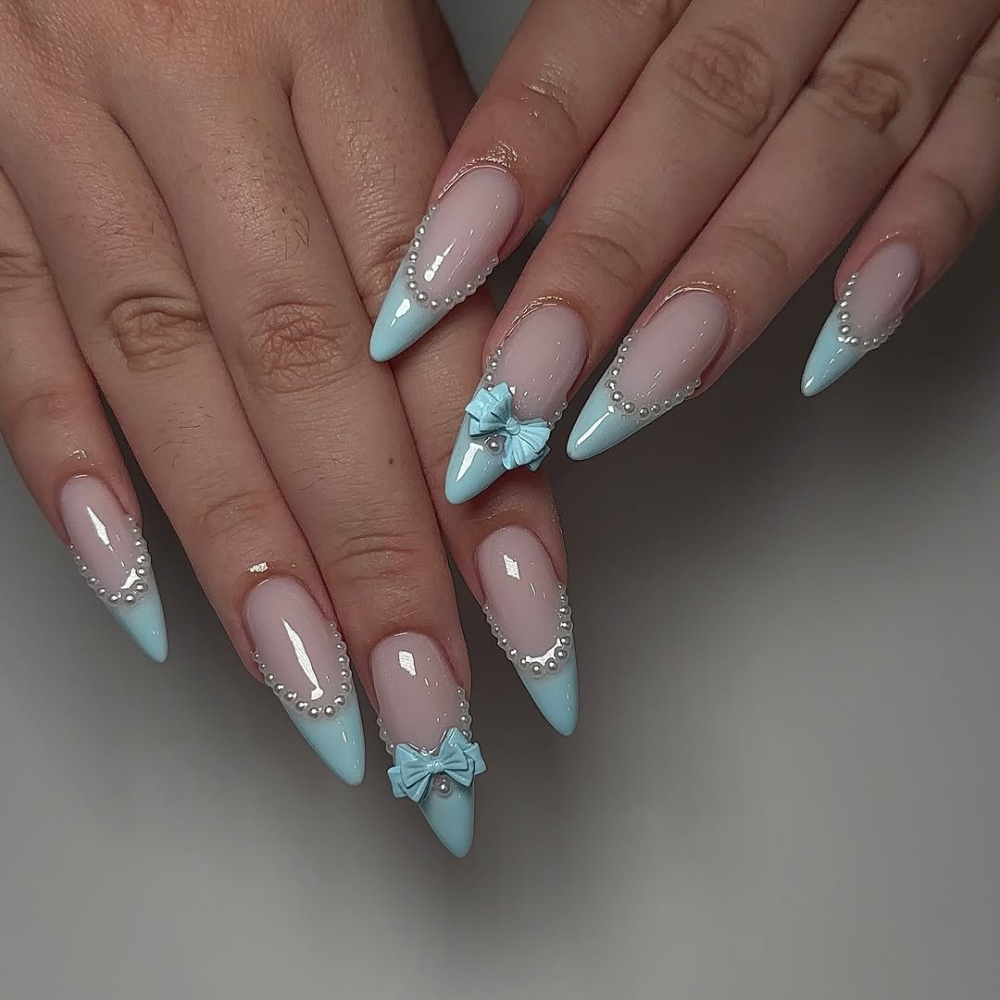This content contains affiliate links. When you buy through these links, we may earn an affiliate commission.
Dedicating entire books to tears in a society that discourages crying and deems it as an emotion we need to be ashamed of is a radical act. To embrace humanity in its most vulnerable form, and to turn it into literature is a remarkable feat. Thus, in a way, books on crying are a celebration of life itself, even when it is being its least ideal version. They can teach us “to love life, to love it even when you have no stomach for it.” And, hopefully in the future they will be authored by more diverse writers, allowing for even more perspectives on this aspect of human existence.

Take Crying: A Natural and Cultural History of Tears, for instance. In it, Tom Lutz observes the act of weeping and how, even though it’s a universal way of emoting, its interpretations are not universal. This multi-disciplinary study on tears incorporates elements from history, literature, the arts, and the social sciences to pose questions like why we cry, how to react to another person’s tears, when do we stop crying, and the like. Crying is not a static act, but rather fluid. Is it a cathartic act? Why is the newborn baby’s crying for months acceptable but an adult doing the same is considered shameful? How is Achilles’s crying over the dead body of Patroklos different from the tears of the audience coming home after watching Titanic?
Lutz goes back to artistic expressions of crying to discuss the paradox of crying. From the physiology of crying to the psychology behind it, Lutz has delved deep into the world of tearjerkers and their cultural contexts. Lutz’s book is phenomenal, to say the least, but out of all its merits what really stands out for me is how he has normalized that to cry you don’t really need to pick a topic. He draws on the works of Plato and Picasso, strategically evading any linguistic melodrama, to cite that crying cannot just be reduced to maudlin self-pity. It’s diverse and carries a wide range of human sensibilities that might take us time till eternity to comprehend fully.
Then there’s Heather Christle’s The Crying Book, which consists of fragments about the varied aspects of crying, and digs into the science, history, and sociology of weeping. She sheds light on the different kinds of tears: basal, irritant, and psychogenic. Weaving together facts with personal anecdotes, through the art of crying, Christle discusses serious themes like grief, anxiety, motherhood, and mental illness. For her, crying is a routine act, something that remains constant as she mourns the death of a friend, goes through depression, and prepares for motherhood. This book is a literary tribute to the act of wallowing because when everything else evades us, we still have full right to our own tear ducts.
Christle also sheds light on how we discount some tears while elevating others. A crying woman is often dismissed. Christle speaks up about the pathologization of emotions. She also traces how white women’s tears have been used against people of color. She wonders if men tend to experience grief in the form of rage. The book also refers to Christle’s pregnancy and assures mothers that being overwhelmed is alright. Mothers aren’t always supposed to just magically have everything sorted. She writes, “I worry I will be a colicky mother because I am periodically overcome with complete, encompassing fear and despair, and when I am suffering thus, my crying can go on for hours.” For Christle, crying is an act of reconnecting with oneself, as through the act of bawling your eyes out you hold yourself together. Rather than denying that self-pity can be quite pleasurable, she discusses how through crying and sympathizing with ourselves we wrap ourselves in imagined care.
Books on crying are not aestheticized suffering. Grief when restrained multiplies and too much grief is unbearable as there is no other way out but to live with it. In Bluets, Maggie Nelson writes, “Eventually I confess to a friend some details about my weeping—its intensity, its frequency. She says (kindly) that she thinks we sometimes weep in front of a mirror not to inflame self-pity, but because we want to feel witnessed in our despair. (Can a reflection be a witness? Can one pass oneself the sponge wet with vinegar from a reed?)” By creating literature out of the act of crying, writers give us a common ground we can fall back on during intense emotional crises. Reading this kind of literature is a way of witnessing our own despair and therefore being more strongly present for ourselves. It’s the mirror that gives vent to our feelings, takes away the shame of having a breakdown, and certifies that since the beginning of time till kingdom come crying will always be therapeutic, therefore in vogue.

























































![How Will AI Impact the Global Workforce? [Infographic] How Will AI Impact the Global Workforce? [Infographic]](https://imgproxy.divecdn.com/vhdGY5213MhIJV6-NnwNGwlYkeRCW5mkaDQGgpKM3Qs/g:ce/rs:fit:770:435/Z3M6Ly9kaXZlc2l0ZS1zdG9yYWdlL2RpdmVpbWFnZS9haV9qb2JzX2luZm9fMi5wbmc=.webp)

![LinkedIn Shares Data on In-Demand Skills for Marketers [Infographic] LinkedIn Shares Data on In-Demand Skills for Marketers [Infographic]](https://imgproxy.divecdn.com/zMbngFHDMAQdOuk7-FK5eSqQ-bYj9Kyqki-xmPgH4I8/g:ce/rs:fit:770:435/Z3M6Ly9kaXZlc2l0ZS1zdG9yYWdlL2RpdmVpbWFnZS9saW5rZWRpbl9mYWxsX2pvYnNfb3V0bG9vazIucG5n.webp)














